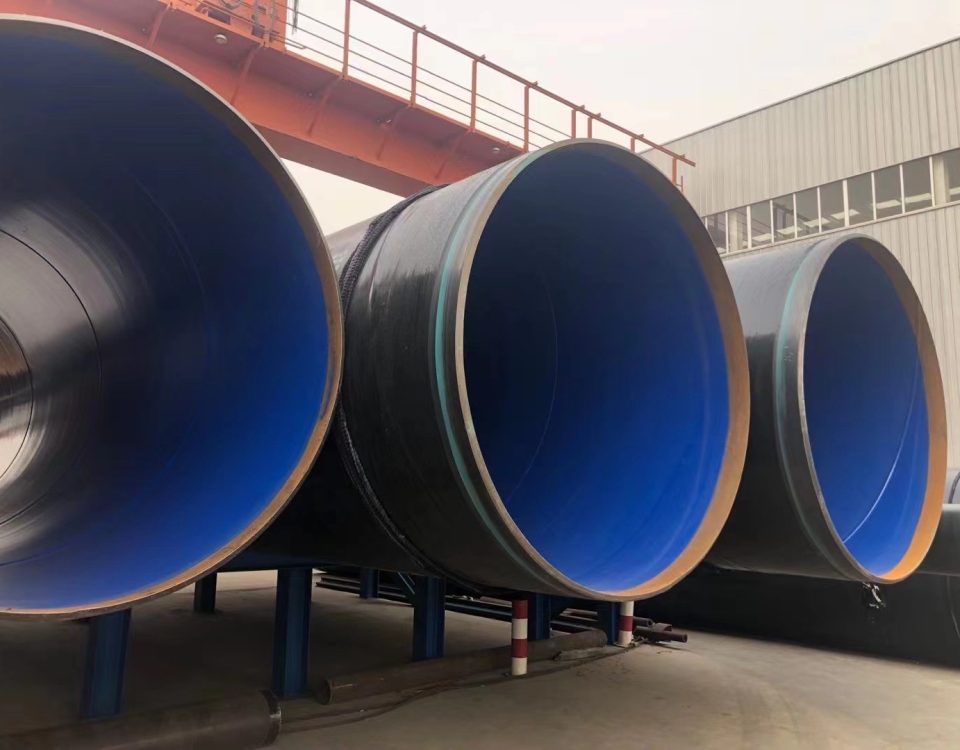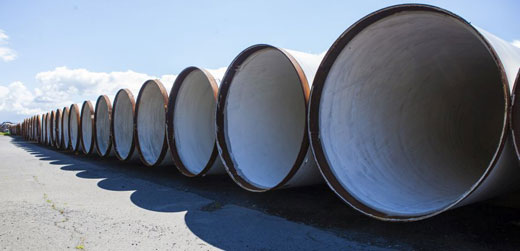Enquiry for the supply of OCTG CASING TUBING
September 12, 2022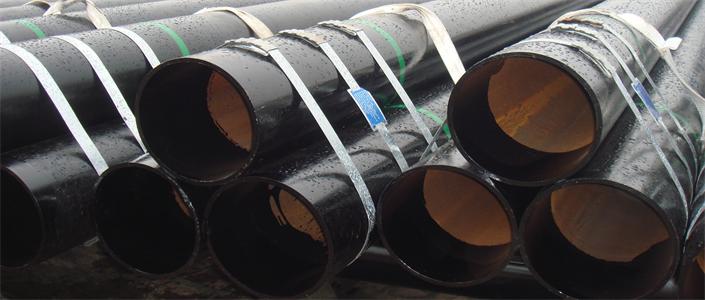
TODAY PRICES : ERW A53 Grade B steel pipe
September 23, 2022The welding steel pipe process is through heating, pressurization, or both, with or without welding consumables, so that the two workpieces produce atoms diffusion between each other, forming a metallurgical combination of processing technology and connection. Welded steel pipes are widely used in both metallic and non-metallic applications. Let’s take a look at the technical characteristics of the 6 most common welded steel pipe processes.
1. Electron beam welded steel pipe
Electron beam welding is a method of welding steel pipes using the thermal energy generated by accelerated and focused electron beams bombarding weldments placed in vacuum or non-vacuum.
Electron beam welded steel pipes are widely used in many industries such as aerospace, atomic energy, national defense and military, automotive and electrical instrumentation because of the advantages of no welding rod, not easy to oxidize, good process repeatability and small thermal deformation.
The working principle of electron beam welded steel pipe
Electrons escape from the emitter (cathode) in the electron gun, and under the action of accelerated voltage, the electrons are accelerated to 0.3 to 0.7 times the speed of light, with a certain kinetic energy. Then, through the action of electrostatic lens and electromagnetic lens in the electron gun, the electron beam with high success rate density is converged. This electron beam hits the surface of the workpiece, and the electron kinetic energy is converted into thermal energy, causing the metal to melt and evaporate rapidly. Under the action of high-pressure metal vapor, the surface of the workpiece is quickly “drilled” out of a small hole, also known as a “key hole”, as the electron beam and the workpiece move relatively, the liquid metal flows along the small hole around the back of the molten pool, and cools and solidifies to form a weld.
The main features of electron beam welded steel pipe
The electron beam penetration ability is strong, the power density is extremely high, the weld depth to width ratio is large, which can reach 50:1, which can realize the one-time forming of large thickness materials, and the maximum welded steel pipe thickness is up to 300mm. Welded steel pipe accessibility is good, welded steel pipe speed is fast, generally above 1m/min, small heat affected zone, welded steel pipe deformation is small, welded steel pipe structure accuracy is high. The electron beam energy can be adjusted, the thickness of the welded metal can be from thin to 0.05mm to thick to 300mm, without opening the groove, and the welded steel pipe is formed at one time, which is impossible to achieve by other welding steel pipe methods. The wide range of materials that can be welded with electron beams is particularly suitable for welded steel pipes with active metals, refractory metals and workpieces with high quality requirements.
2. Laser welded steel pipe
Laser welded steel tube: laser radiation heating surface to be processed, surface heat through heat conduction to the internal diffusion, by controlling the laser pulse width, energy, peak power and repetition frequency and other laser parameters, so that the workpiece melts, forming a specific pool.
(Spot welding fixing of welded steel pipe fittings)
(Continuous laser welding of steel pipes)
Laser welded steel pipe can be achieved by using continuous or pulsed laser beam, and the principle of laser welded steel pipe can be divided into heat conductive welded steel pipe and laser deep melt welded steel pipe. The power density is less than 10~10 W/cm for heat conduction welding, at this time, the melting depth is shallow, and the welding speed of steel pipe is slow; When the power density is greater than 10~10 W/cm, the metal surface is concave into a “hole” under the action of heating, forming a deep fusion weld, which has the characteristics of fast welding steel pipe speed and large depth-to-width ratio.
Laser welded steel pipe technology is widely used in automobiles, ships, aircraft, high-speed rail and other high-precision manufacturing fields, which has brought a major improvement to people’s quality of life and led the home appliance industry into the era of Seiko.
3. Laser composite welded steel pipe
Laser composite welded steel pipe is a combination of laser beam welded steel pipe and MIG welded steel pipe technology to obtain the best welded steel pipe effect, fast and weld bridge ability, is the most advanced welding steel pipe method.
The advantages of laser composite welding are: fast speed, small thermal deformation, small thermal influence area, and ensure the metal structure and mechanical properties of the weld.
In addition to welded steel pipes for automotive sheet structural parts, laser composite welding is also suitable for many other applications. For example, this technology is applied to the production of concrete pumps and mobile crane booms, which require the processing of high-strength steel, and traditional technologies often lead to increased costs due to the need for other auxiliary processes such as preheating. In addition, the technology can also be applied to the manufacture of rail vehicles and conventional steel structures (such as bridges, fuel tanks, etc.).
4. Friction stir welding
Friction stir welding is the use of frictional heat and plastic deformation heat as a heat source for welding steel pipes. The process of friction stir welding steel pipe welding is made up of a cylinder or other shape (such as a threaded cylinder) stirring needle reaching into the seam of the workpiece, and the high-speed rotation of the welding head makes it rub against the welded steel pipe workpiece material, so that the material temperature of the connection part is increased and softened.
Friction stirring welding In the process of welding steel pipe, the workpiece should be rigidly fixed on the back pad, the welding head side rotates at high speed, and the seam of the edge of the workpiece moves relative to the workpiece.
The protruding section of the welding head extends into the material for friction and stirring, and the shoulder of the welding head rubs against the surface of the workpiece to generate heat, and is used to prevent the spillage of the plastic material, and can play a role in removing the surface oxide film.
At the end of the friction stir weld, leave a keyhole at the terminal. Usually this keyhole can be cut off, or it can be sealed and welded by other welding steel pipe methods.
Friction stir welding enables welding of steel pipes between dissimilar materials, such as metals, ceramics, plastics, etc. Friction stir welding welding steel pipe has high quality, is not easy to produce defects, and is easy to achieve mechanization, automation, stable quality, low cost and high efficiency.
5. Flash butt welding
The principle of flash butt welding is to use the butt welding machine to make the metal contact at both ends, through a strong current of low voltage, after the metal is heated to a certain temperature and become soft, the axial pressurized top forging is carried out to form a pair of welded steel pipe heads.
Before the two weldments are not in contact, they are clamped by two clamp electrodes and connected to the power supply, the movable fixture, the two weldment end faces are gently in contact with the electric heating, the contact point is blasted due to heating to form a liquid metal, the jet spark forms a flash, the continuous moving movable fixture, the flash occurs continuously, the two ends of the weldment are heated, after reaching a certain temperature, squeeze the end face of the two workpieces, cut off the power supply of the welded steel pipe, and the welded steel pipe is firmly welded together. The weldment joint is heated by resistance to produce flashes of contact points, the metal of the weldment end surface is melted, and the top force is quickly applied to complete the welding steel pipe.
Steel bar flash butt welding is to install two steel bars into a docking form, the use of welded steel pipe current through the two steel bar contact points generated by the resistance heat, so that the contact point metal melting, resulting in a strong splash, the formation of flash, accompanied by a pungent odor, release trace molecules, quickly apply the top forging force to complete a pressure welding method.
6. Ultrasonic metal welded steel pipe
Ultrasonic metal welded steel pipe is a special method of connecting the same metal or dissimilar metal by using the mechanical vibration energy of the ultrasonic frequency. When the metal is ultrasonically welded to the steel pipe, it neither transmits current to the workpiece nor applies a high-temperature heat source to the workpiece, but under static pressure, the vibration energy of the frame is converted into friction work, deformation energy and limited temperature rise in the work room. The metallurgical bond between the joints is a solid welded steel pipe that is achieved without melting the base metal.
It effectively overcomes the phenomenon of splashing and oxidation generated when the resistance welds steel pipes, ultrasonic metal welding machines can carry out single-point welded steel pipes, multi-point welded steel pipes and short strip welded steel pipes for fine wire or flake materials of copper, silver, aluminum, nickel and other non-ferrous metals. Can be widely used in thyristor leads, fuse pieces, electrical leads, lithium battery pole pieces, pole ear welded steel pipe.
Ultrasonic metal welded steel pipe uses high-frequency vibration waves to transmit to the metal surface of the steel pipe to be welded, and under pressure, the two metal surfaces rub against each other to form a fusion between molecular layers.
The advantages of ultrasonic metal welded steel pipe are fast, energy saving, high fusion strength, good conductivity, no spark, and close to cold processing; The disadvantage is that the welded steel pipe metal parts can not be too thick (generally less than or equal to 5mm), the solder joint can not be too large, need to pressurize

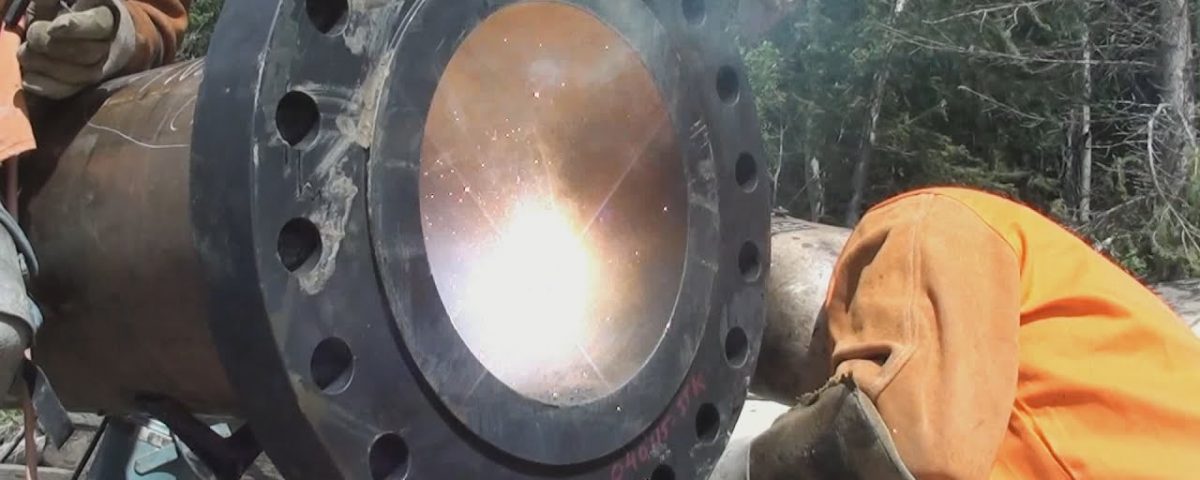
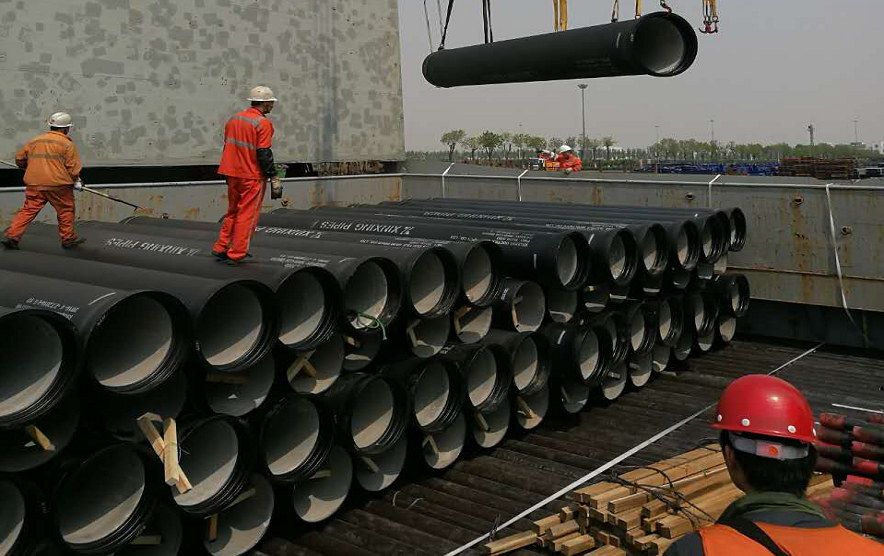
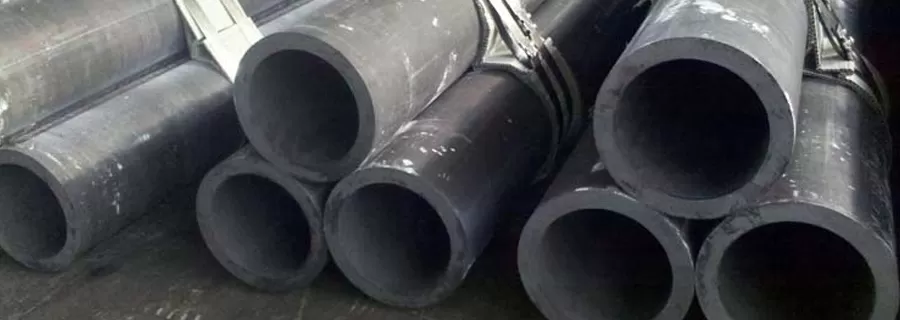
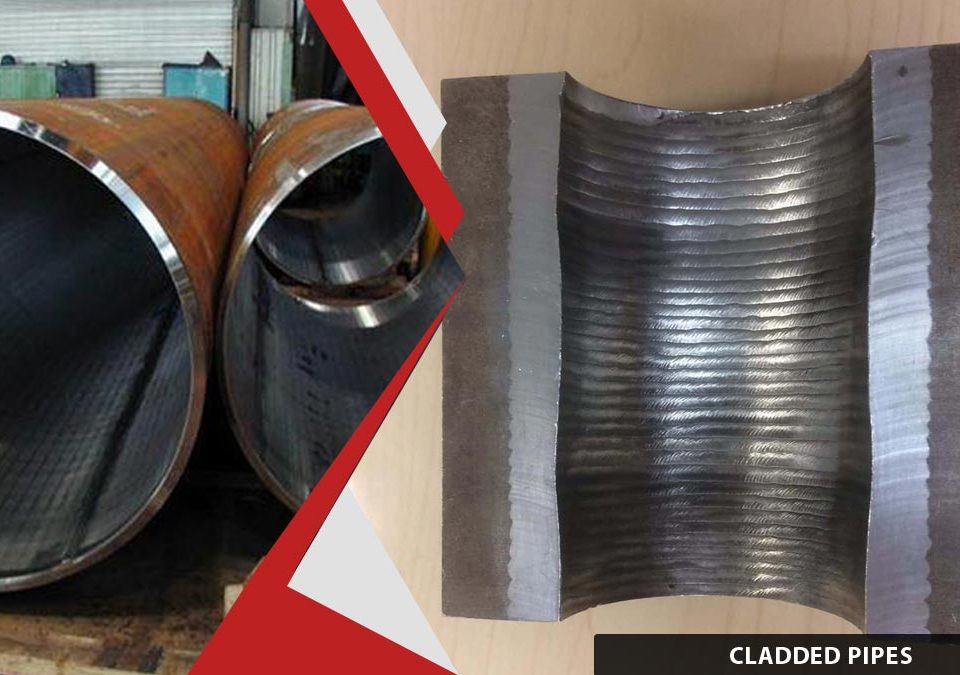

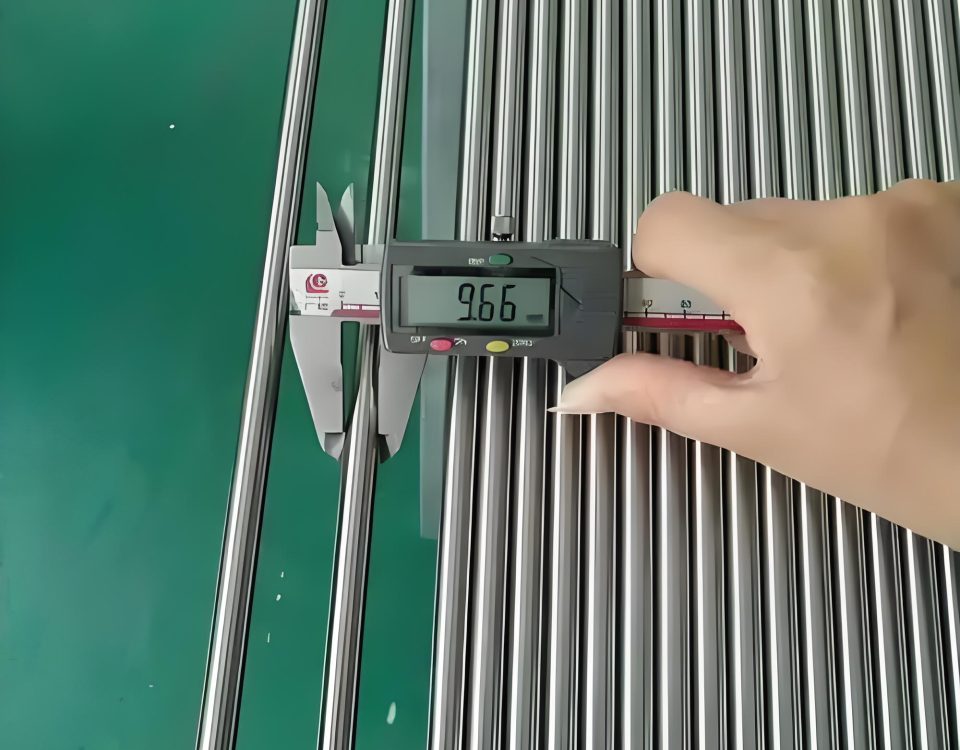
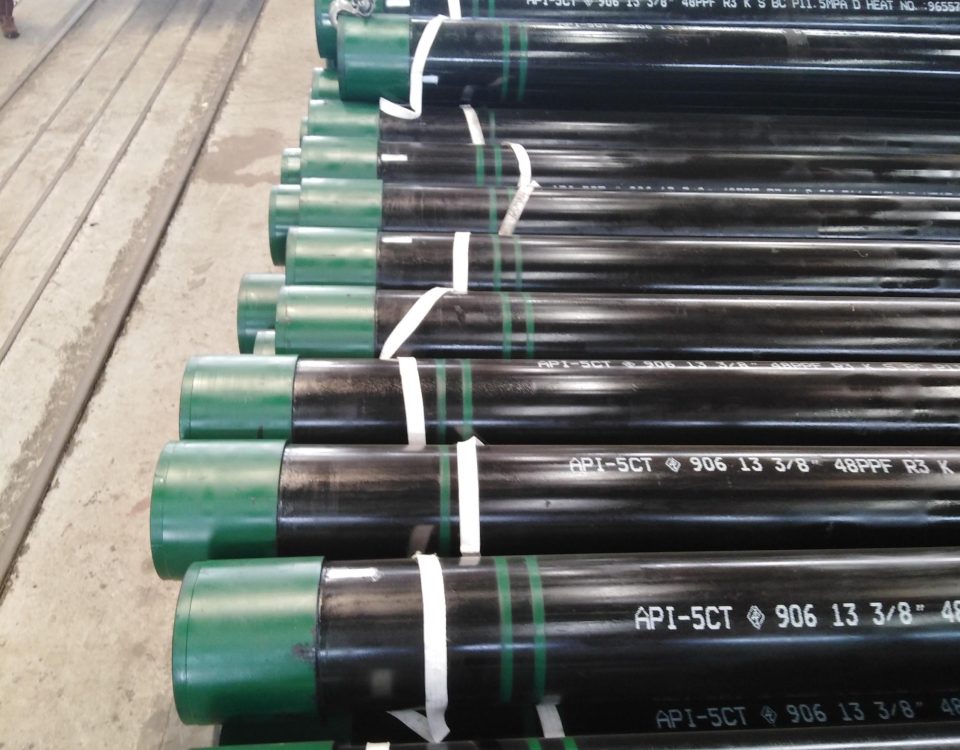
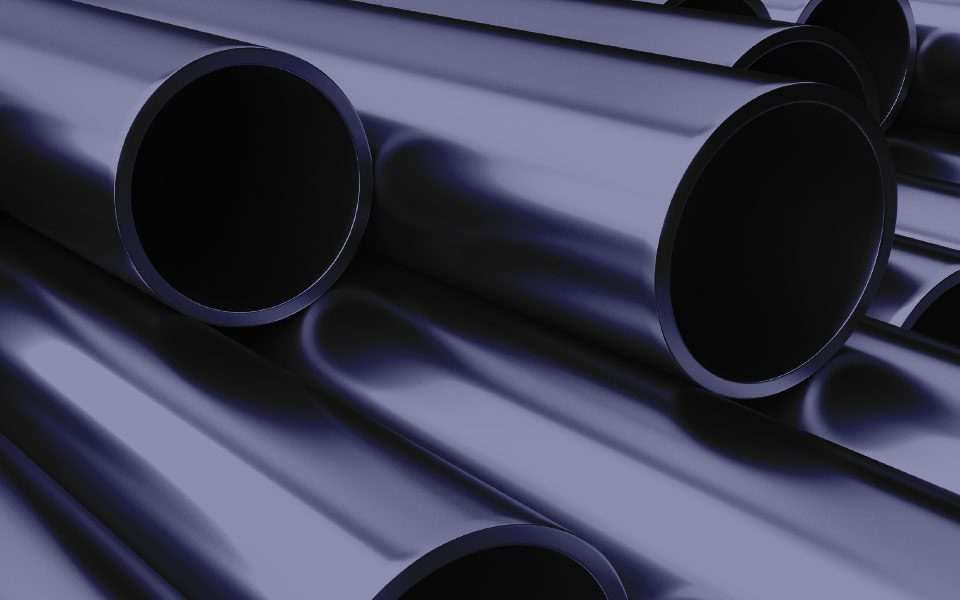
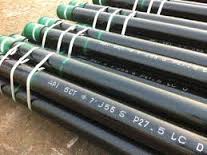
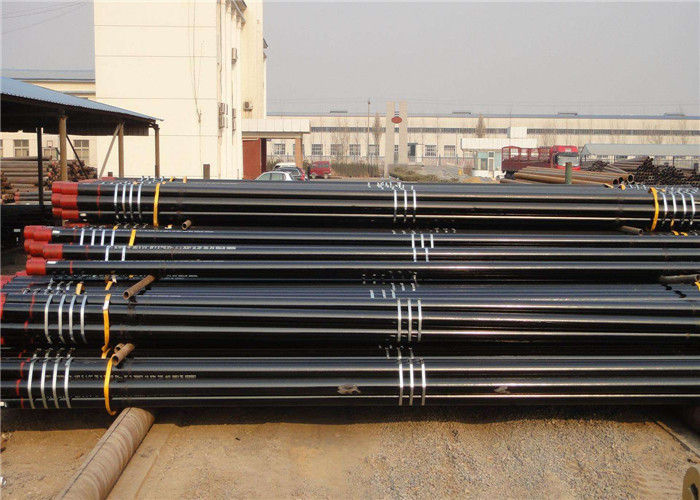
-steel-pipe.jpg)
